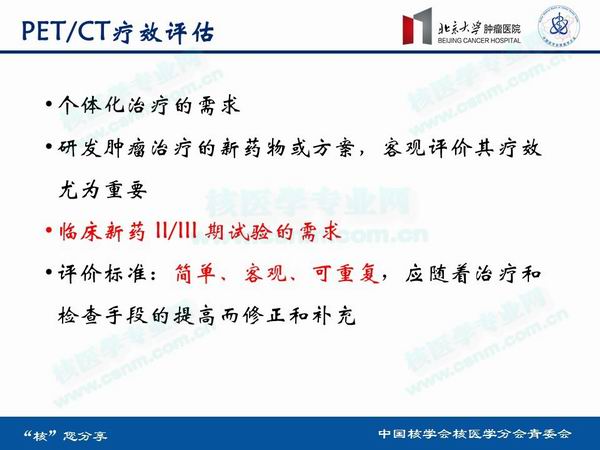Understanding FDG Uptake in PET Scan: A Comprehensive Guide to Its Implications in Cancer Diagnosis and Treatment
#### What is FDG Uptake in PET Scan?FDG uptake in PET scan refers to the absorption of fluorodeoxyglucose (FDG), a radioactive glucose analog, by tissues du……
#### What is FDG Uptake in PET Scan?
FDG uptake in PET scan refers to the absorption of fluorodeoxyglucose (FDG), a radioactive glucose analog, by tissues during a positron emission tomography (PET) scan. This imaging technique is widely used in oncology to assess metabolic activity in cells, as cancerous cells typically exhibit higher glucose metabolism compared to normal cells.
#### The Importance of FDG Uptake in PET Scan
The significance of FDG uptake in PET scans lies in its ability to provide crucial insights into the presence and progression of cancer. By measuring the uptake of FDG, clinicians can identify areas of increased metabolic activity, which often correlate with tumor growth. This makes FDG PET scans an invaluable tool for early cancer detection, staging, and monitoring treatment response.
#### How Does FDG Work in PET Scans?
When a patient undergoes a PET scan, they are injected with a small amount of FDG. As the FDG travels through the bloodstream, it is taken up by cells that are metabolically active. Cancer cells, due to their rapid growth and energy requirements, absorb more FDG than normal cells. The PET scanner then detects the radiation emitted by the FDG, creating images that reveal the distribution of glucose metabolism in the body.
#### Factors Affecting FDG Uptake in PET Scan

Several factors can influence FDG uptake in PET scans:
1. **Tumor Type**: Different types of tumors have varying levels of glucose metabolism, affecting FDG uptake.
2. **Patient Preparation**: Proper patient preparation, including fasting before the scan, can enhance the accuracy of FDG uptake measurements.
3. **Physiological Variations**: Normal physiological processes, such as inflammation or infection, can also lead to increased FDG uptake, potentially complicating the interpretation of results.
#### Clinical Applications of FDG Uptake in PET Scan

FDG uptake in PET scans plays a pivotal role in various clinical scenarios:
- **Cancer Diagnosis**: PET scans can help detect tumors that may not be visible through other imaging techniques like CT or MRI.
- **Staging**: By assessing the extent of FDG uptake, healthcare providers can determine the stage of cancer, which is crucial for treatment planning.
- **Treatment Monitoring**: Changes in FDG uptake can indicate how well a patient is responding to treatment, allowing for timely adjustments to therapy.
#### Limitations of FDG Uptake in PET Scan

While FDG PET scans are powerful diagnostic tools, they are not without limitations. False positives can occur due to increased FDG uptake in non-cancerous conditions, such as infections or inflammatory diseases. Additionally, not all tumors exhibit high FDG uptake, which can lead to false negatives.
#### Conclusion
In summary, FDG uptake in PET scan is a critical component in the landscape of cancer diagnosis and treatment. Its ability to reflect metabolic activity in cells provides valuable information that can guide clinical decisions. Understanding the nuances of FDG uptake and its implications can enhance patient care and improve outcomes in oncology. As research continues to advance, the role of FDG in PET scans will likely evolve, leading to even greater precision in cancer management.